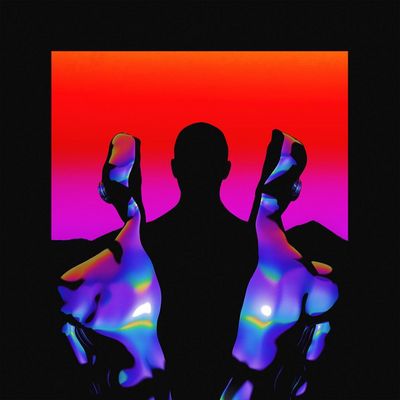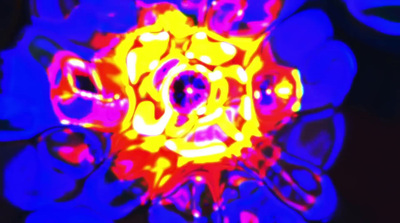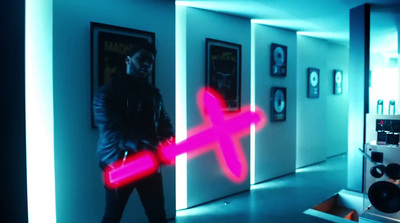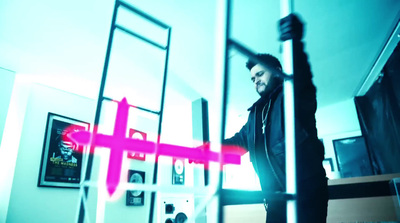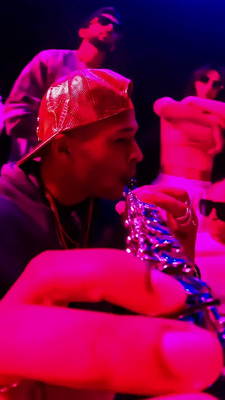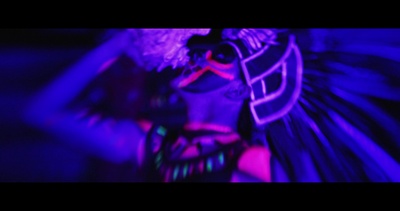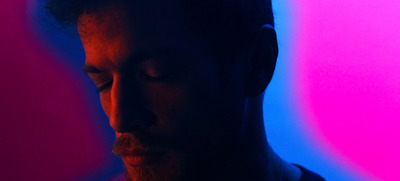Everything about the color Fuchsia
The meaning of the color fuchsia and color combinations to inspire your next creation.
Browse images in the color fuchsia
What color is fuchsia?
Fuchsia is a vivid, purplish-red color that stands out for its boldness and vibrancy. It is often associated with creativity and confidence.
What are similar colors to fuchsia?
For variations within the same vibrant and bold spectrum as fuchsia, consider:
- Magenta (#FF00FF) is nearly identical to fuchsia, sharing its bright and striking purplish-red hue.
- Hot pink (#FF69B4) offers a lighter, more playful version of fuchsia's boldness.
- Orchid (#DA70D6) provides a softer, more muted alternative with a similar purple undertone.
- Rose (#FF007F) is a slightly redder variant that maintains fuchsia's vividness.
What color goes with fuchsia?
To complement fuchsia's vibrant tones, consider pairing it with:
- Teal (#008080) offers a cool contrast that balances fuchsia's warmth.
- Sage (#BCB88A) provides a muted, earthy balance to fuchsia's brightness.
- Lavender (#E6E6FA) adds a soft, calming touch to fuchsia's intensity.
- Mint (#98FF98) offers a fresh, cool contrast that complements fuchsia's vibrancy.
What color conflicts with fuchsia?
To avoid clashing with fuchsia's boldness, consider avoiding:
- Beige (#F5F5DC) may dull fuchsia's vibrant energy.
- Taupe (#483C32) can create a muddy appearance when paired with fuchsia.
- Gray (#808080) risks muting the lively nature of fuchsia.
- Brown (#A52A2A) might overpower fuchsia's bright tones.
What does the color fuchsia represent?
Fuchsia represents creativity, confidence, and individuality, often associated with boldness and a sense of adventure. It symbolizes a break from tradition and an embrace of new ideas. Psychologically, fuchsia can stimulate feelings of excitement and energy, encouraging self-expression and originality. In art and design, fuchsia is used to make bold statements, draw attention, and add a dynamic flair to compositions. Its vibrant hue is popular in fashion and advertising for its ability to captivate and engage viewers.
What's the history of fuchsia?
The color fuchsia is named after the fuchsia flower, which was discovered by French botanist Charles Plumier in the late 17th century. The name was derived from the German botanist Leonhart Fuchs. Fuchsia became a recognized color name in the late 19th century, coinciding with the development of synthetic dyes. In modern times, fuchsia is widely used in fashion, design, and digital media for its eye-catching and vibrant qualities.
Color Variations
Shades
Tints
Hues
Color Palettes
Monochromatic
Complementary
Analogous
Triadic
Tetradic
Images with fuchsia color
Color Conversions
#FF00FFrgb(255, 0, 255)rgb(100%, 0%, 100%)0, 100, 0, 0hsl(300, 100%, 50%)300, 100, 100#FF00FF60, 98, -6159, 28, 9760, 116, 32811111111, 00000000, 11111111Color(red: 1, green: 0, blue: 1)UIColor(red: 1, green: 0, blue: 1, alpha: 1.0)Color(0xFFFF00FF)